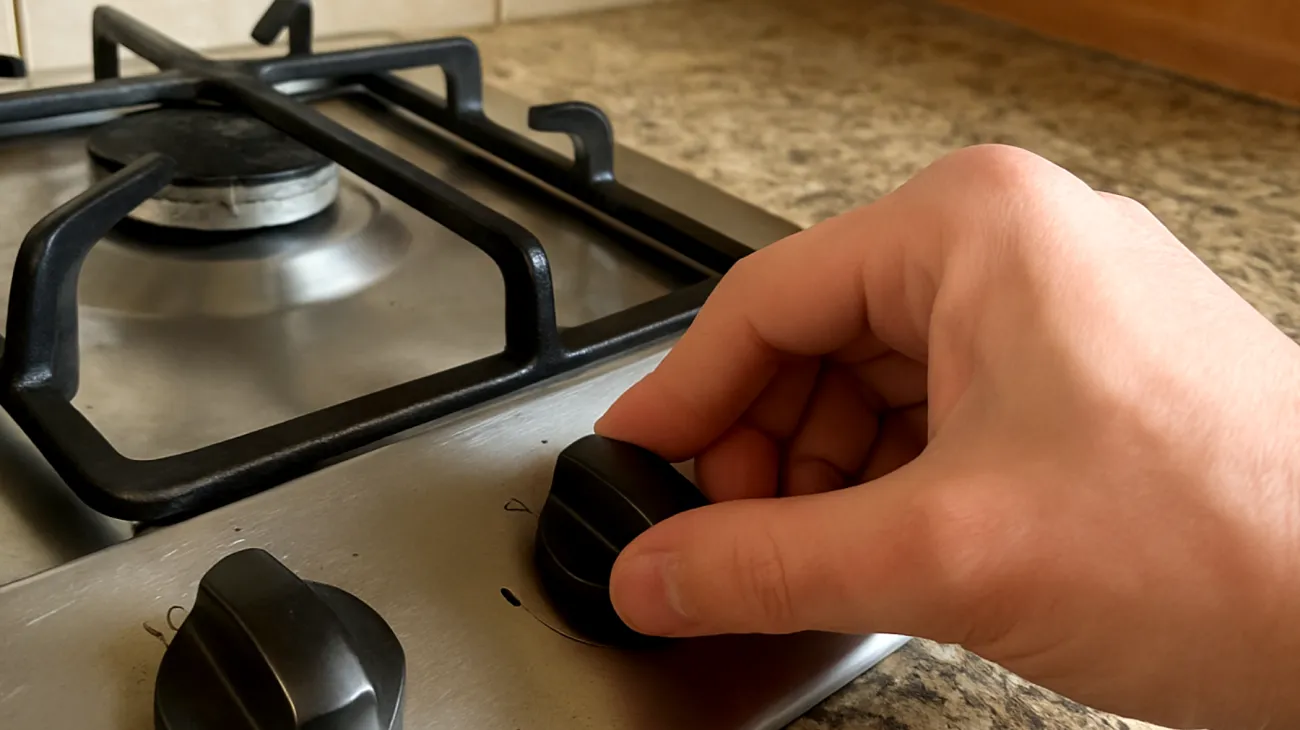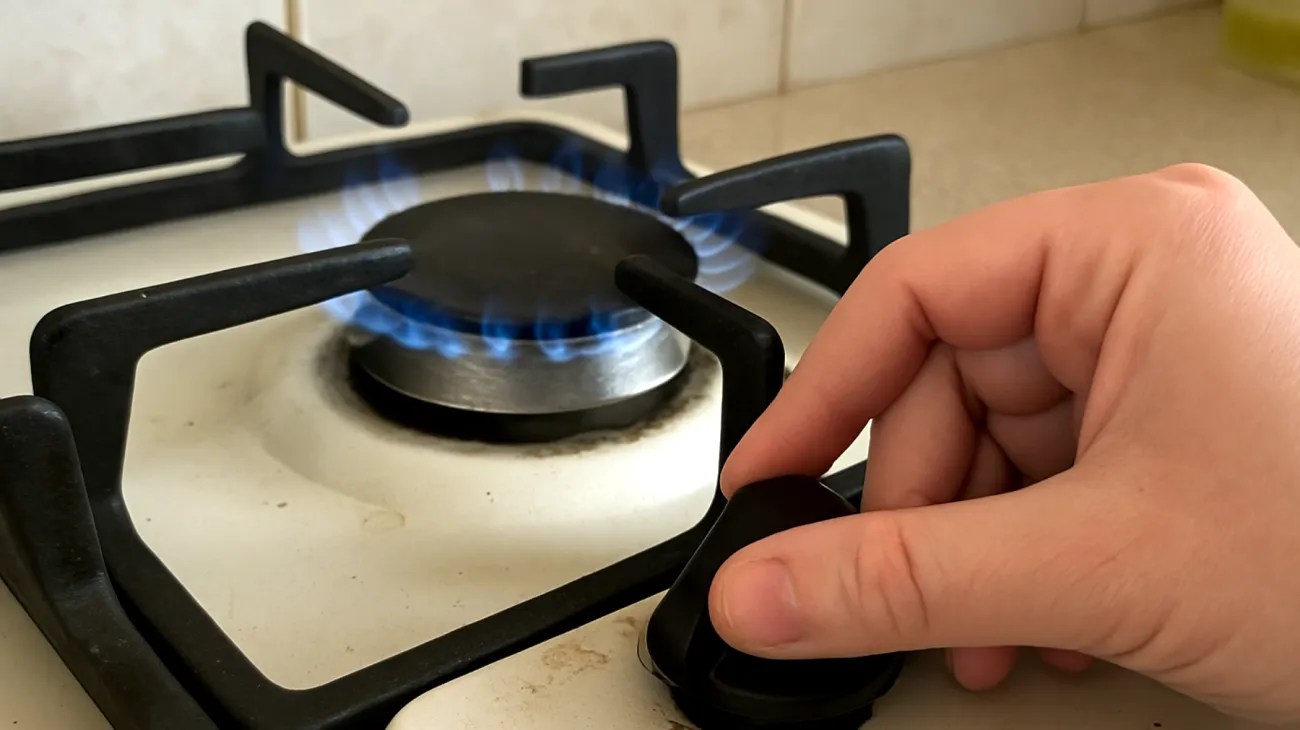Running a humidifier seems simple: fill the tank, plug it in, adjust the settings, and enjoy moister air. But that simplicity hides a problem affecting millions of households—often without anyone realizing it. The white dust coating your furniture, the occasional musty smell, or the sudden scratchiness in your throat after using the humidifier aren’t coincidental. They’re signs of misuse that can turn a health-promoting device into a silent disruptor of air quality.
At the core of the issue lies a combination of tap water minerals, bacterial buildup, and poor maintenance habits. Understanding the chemical and biological processes at play helps explain why distilled water isn’t just a suggestion—it’s the standard. And why letting your humidifier sit uncleaned for a few weeks can undermine the very benefits it’s supposed to provide.
The consequences extend far beyond aesthetic annoyance. What appears to be harmless water vapor can carry microscopic particles and biological contaminants directly into your breathing space, creating an invisible pathway for respiratory irritation and equipment damage. Yet these problems remain largely preventable through proper understanding of water chemistry and maintenance protocols.
The mineral mystery: Why tap water transforms into airborne particles
The temptation to fill your humidifier straight from the tap is understandable—quick, easy, and seemingly harmless. But municipal tap water contains a cocktail of minerals, particularly calcium and magnesium, which are harmless to drink but problematic in vapor form. According to research documented by indoor air quality specialists, these dissolved minerals don’t simply disappear when water transforms into mist.
When the humidifier’s ultrasonic diaphragm vibrates to create mist, it doesn’t discriminate between water and minerals. Everything is atomized and released into the air—including these mineral particles. They don’t just vanish. They settle. This phenomenon has been extensively studied by researchers examining the relationship between water quality and indoor air particulate matter.
The mechanism operates on basic chemistry principles. The high-frequency vibrations that create the characteristic fine mist also break apart dissolved mineral compounds, launching them into the air as microscopic particles. These particles, typically ranging from 0.3 to 5 micrometers in diameter, become suspended in the indoor environment before eventually settling on surfaces as the familiar white residue.
This is the source of the white dust you’ll often find on nearby surfaces. Chemically, it’s a fine powder of mineral residues such as calcium carbonate or magnesium sulfate, originating from hard water. Research conducted on household air quality has confirmed that areas with harder water sources produce significantly more particulate matter from humidifier operation.
The implications extend beyond mere cleanliness concerns. According to environmental health studies, airborne particulate matter can irritate the lungs, especially among children, the elderly, or people with asthma. The settled dust also deposits inside the humidifier itself, reducing efficiency and accelerating wear on components like the misting plate and fan blades.
The invisible ecosystem: Understanding microbial contamination
Any appliance dealing with standing water and room-temperature air presents an ideal incubator for microbial life. Inside a warm, moist tank, mold, yeast, and gram-negative bacteria thrive. What’s more, without visible signs or strong odor, most homeowners don’t realize contamination until it’s already in the air.
Research in environmental microbiology has revealed the speed at which these ecosystems develop. Bacterial communities can begin establishing themselves within 24 to 48 hours under optimal conditions. The warm, nutrient-rich environment of a humidifier tank provides exactly these conditions, particularly when mineral deposits from tap water provide additional surfaces for microbial attachment.
Unlike spores or bacteria hiding in walls, the ones inside your humidifier come with a delivery system: they’re aerosolized and pumped directly into your breathing zone. Scientific studies have documented a condition known as “humidifier lung,” a form of hypersensitivity pneumonitis caused by repeated exposure to microbial antigens. Symptoms resemble chronic allergies or mild flu: coughing, chest discomfort, runny nose, and fatigue.
Older models using evaporative-type filters are less prone to aerosolizing these microbes, but ultrasonic humidifiers, the most common today, release everything in the tank—including living organisms and biofilm fragments. The challenge isn’t just contamination—it’s timing. Biofilms can start forming within 48 to 72 hours if a tank is left with stagnant water.
The science of cleaning: How acidic solutions combat buildup
Fortunately, the two primary culprits—mineral buildup and microbial growth—have a common, affordable adversary: white distilled vinegar. The effectiveness of acetic acid against both mineral deposits and biological contamination has been well-documented in cleaning science literature.
Acetic acid, the active compound in vinegar, is effective at dissolving the carbonate scale left behind by mineral-rich tap water. At higher concentrations, undiluted vinegar can also disrupt microbial membranes and destroy established biofilms. Research has shown that acetic acid solutions can effectively reduce bacterial counts and break down biofilm structures.

Here’s a cleaning method that’s both tough on buildup and gentle on devices, based on established cleaning protocols:
- Empty the tank completely after every use, or at least every 24 hours to prevent water stagnation
- Once a week, fill the tank with undiluted white vinegar and let it sit for 30–60 minutes
- Use a soft-bristled brush to scrub corners and around the misting port, avoiding harsh abrasives
- Rinse thoroughly with filtered or distilled water to remove any residual vinegar
- Let all parts air dry completely before reassembling
Why water purity isn’t negotiable: The distilled water imperative
The easiest audit for any humidifier setup starts with one simple question: “What kind of water do you use?” Only one answer preserves air quality and protects your machine long term: distilled water.
Distilled water isn’t just filtered; it’s created through thermal distillation, where water is boiled into steam and condensed back into liquid, leaving behind minerals, salts, and microbes. The distillation process removes virtually all dissolved solids, producing water with conductivity levels typically below 10 microsiemens per centimeter.
Research on indoor air quality has consistently shown that using distilled water in ultrasonic humidifiers eliminates the production of airborne particulate matter that occurs with tap water use. Using any alternative—filtered, spring, reverse osmosis-treated, or boiled tap water—might remove some contaminants, but not all dissolved solids.
For those hesitant to buy gallons of distilled water weekly, countertop distillers represent small appliances that boil and condense water, ideal for households with daily use. These devices can produce distilled water at a fraction of the cost of purchased gallons over time.
The hidden costs of neglect: Equipment damage and health implications
When users ignore cleaning or water quality, they rarely see immediate consequences. The humidifier still runs. Mist comes out. The room feels moist. But internally, things are degrading in ways that equipment reliability studies have thoroughly documented.
Mineral buildup doesn’t just coat visible surfaces. Mineral deposits form a crust on piezoelectric plates where ultrasonic vibration takes place, dulling their ability to produce fine mist. The motor compensates by working harder, producing more noise and consuming more power—and eventually overheating.
In mold-contaminated units, microbiological analysis has revealed that spores infiltrate air ducts and mist nozzles, becoming impossible to fully remove even with deep cleaning. Some studies have found pathogenic species such as Aspergillus or Pseudomonas inside neglected machines—unlikely to cause illness in healthy individuals, but very risky for households with immunocompromised members.
Recognizing the warning signs
Even conscientious users may miss early warning signs of internal problems. A machine can look pristine outside while harboring buildup inside. Several key indicators can alert users to developing problems before they become serious:
- White film on nearby surfaces or windows indicates minerals in mist
- Dark orange or black spots inside tank corners usually represent mold colonies
- Sudden dip in mist output often suggests clogged membrane or bacterial obstruction
- Musty odor even with clean water signals hidden biofilm in tubing or fan shafts
- Crackling sounds or increased whine frequently indicate mineral contamination around the vibrating diaphragm
Any of these symptoms should prompt a thorough cleaning cycle and reassessment of daily water source and care routines. Early intervention prevents the majority of serious contamination and equipment failure issues.
Making maintenance a habit: Your path to cleaner air
A humidifier can be one of your home’s greatest health investments—or one of the most underestimated hazards. Like any device interacting with your air and water, it requires mindfulness about inputs and upkeep. The scientific literature consistently supports a straightforward approach: use pure water, clean regularly, and monitor performance.
Using distilled water doesn’t just prevent white dust, it eliminates the substrate on which contamination builds. This single change addresses the majority of problems users experience. Weekly vinegar rinses protect both your lungs and the machine, while staying alert to subtle signals ensures problems don’t develop beyond the point of easy correction.
The investment in proper maintenance pays dividends in equipment longevity, air quality, and health outcomes. Research has consistently shown that properly maintained humidifiers provide their intended benefits without the negative consequences that result from neglect. The protocols aren’t complicated, but they do require consistency and attention to detail.
We tend to trust appliances implicitly once plugged in. But a humidifier quietly teaches responsibility: the better your habits, the cleaner your air—and the longer your device will serve you, invisibly and reliably. When we understand the mechanisms at work, proper care becomes not just logical, but inevitable.
Table of Contents

